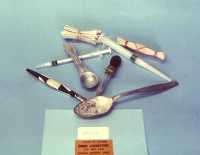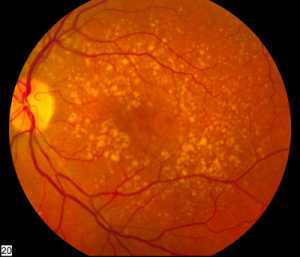MedicalResearch.com Interview with:
Todd Campbell Lee MD MPH FACP FIDSA
Consultant in Internal Medicine and Infectious Diseases
Director, MI4 Clinical Trials Platform
Associate Professor of Medicine, McGill University
Montreal, Quebec
MedicalResearch.com: What is the background for this study?
Response: For a number of years people have been advocating for a move towards single-patient rooms in hospital design. This was articulately argued for in an opinion piece by Detsky and Etchells in 2008 (
https://jamanetwork.com/journals/jama/article-abstract/182433) as being important for a move to safe and patient-centered design.
One of the major selling points has always been a reduction in the risk of nosocomial, or hospital-associated, infections given reduced opportunities for contamination between patients; however, only a few studies have specifically looked at this issue. Overall, despite some strong work, many of these studies were limited by only looking at specific units, over limited periods of time, and using before-after comparisons which did not account for change over time either within or outside of the institution.
We knew that in 2015 our old hospital would close and within the same day all patients would be moved to a brand new hospital with 100% single patient rooms -- most of which have a private bathroom for patients and a separate hand-washing sink for staff. So in 2014, we designed this study, obtained ethics review, and then waited patiently for several years to pass after the move so that we could rigorously evaluate the impact. We looked at monthly rates of vancomycin-resistant
Enterococcus (VRE) colonizations and infections, methicillin-resistant
Staphylococcus aureus (MRSA) colonization and infections, and
Clostridium (now
Clostrideroides)
difficile infections (CDI).
We chose these because we had good long term data on their rates and because we could compare the rates over time before and after the move and contrast them with the province of Quebec as a whole.
(more…)
































 Leighton Ku, PhD, MPH
Professor, Dept. of Health Policy and Management
Director, Center for Health Policy Research
Milken Institute School of Public Health
George Washington University
Washington, DC 20052
MedicalResearch.com: What is the background for this study?
Response: In this study, we examined how requirements that low-income adults work in order to keep their food assistance benefits (SNAP, formerly called food stamps) affects the number of people receiving benefits. Briefly, we found, based on analyses of data from 2,410 counties from 2013 to 2017, that soon after work requirements are introduced, more than a third of affected participants lose their food assistance. This meant that about 600,000 poor adults lost food assistance very quickly.
This is important for two reasons:
(1) Work requirements create greater hardship, including food insecurity and increased risk of health problems, when poor people lose their nutrition benefits.
(2) The Trump Administration is trying to broaden this policy, expanding it further in SNAP, but also applying work requirements to Medicaid (for health insurance) and public housing benefits. This is a massive effort at social experimentation that will cause tremendous harm.
And the sad part is that we already know, from other research, that these work requirement programs do not actually help people get jobs, keep them or to become more self-sufficient. This is because the work requirements do not address the real needs of low-income unemployed people, to learn how to get better job skills or to have supports, such as child care, transportation or health insurance, that let them keep working.
Leighton Ku, PhD, MPH
Professor, Dept. of Health Policy and Management
Director, Center for Health Policy Research
Milken Institute School of Public Health
George Washington University
Washington, DC 20052
MedicalResearch.com: What is the background for this study?
Response: In this study, we examined how requirements that low-income adults work in order to keep their food assistance benefits (SNAP, formerly called food stamps) affects the number of people receiving benefits. Briefly, we found, based on analyses of data from 2,410 counties from 2013 to 2017, that soon after work requirements are introduced, more than a third of affected participants lose their food assistance. This meant that about 600,000 poor adults lost food assistance very quickly.
This is important for two reasons:
(1) Work requirements create greater hardship, including food insecurity and increased risk of health problems, when poor people lose their nutrition benefits.
(2) The Trump Administration is trying to broaden this policy, expanding it further in SNAP, but also applying work requirements to Medicaid (for health insurance) and public housing benefits. This is a massive effort at social experimentation that will cause tremendous harm.
And the sad part is that we already know, from other research, that these work requirement programs do not actually help people get jobs, keep them or to become more self-sufficient. This is because the work requirements do not address the real needs of low-income unemployed people, to learn how to get better job skills or to have supports, such as child care, transportation or health insurance, that let them keep working.